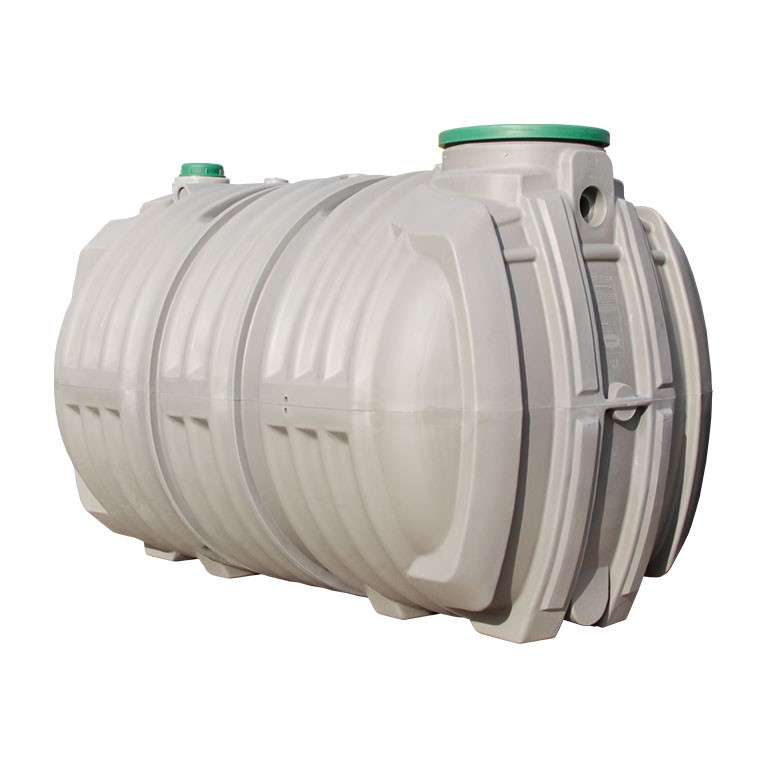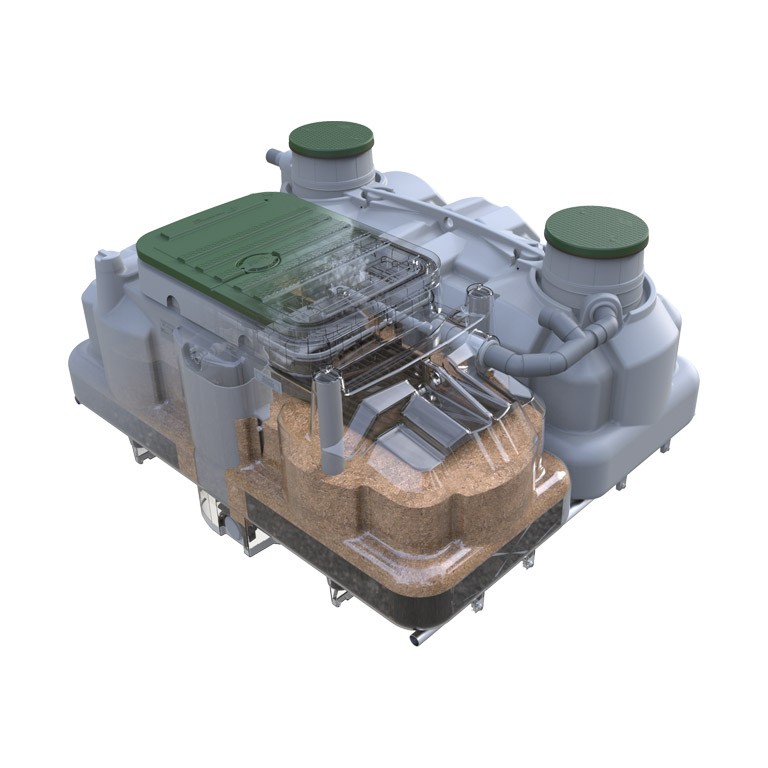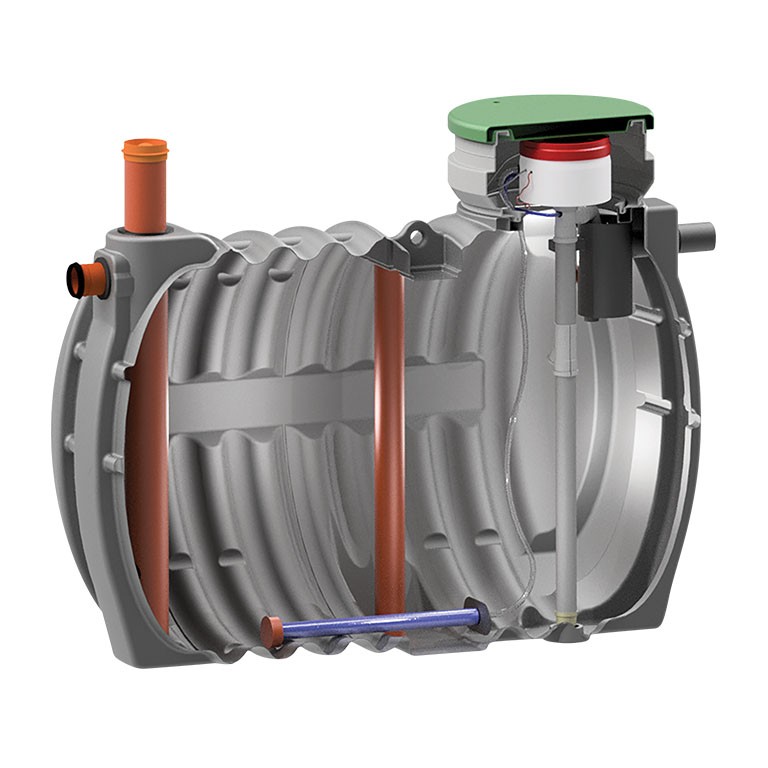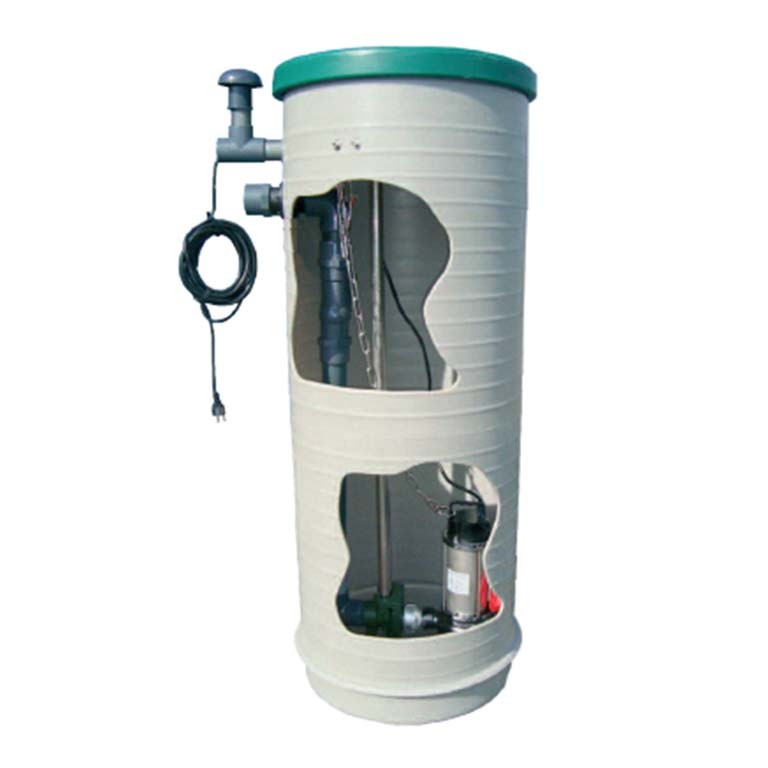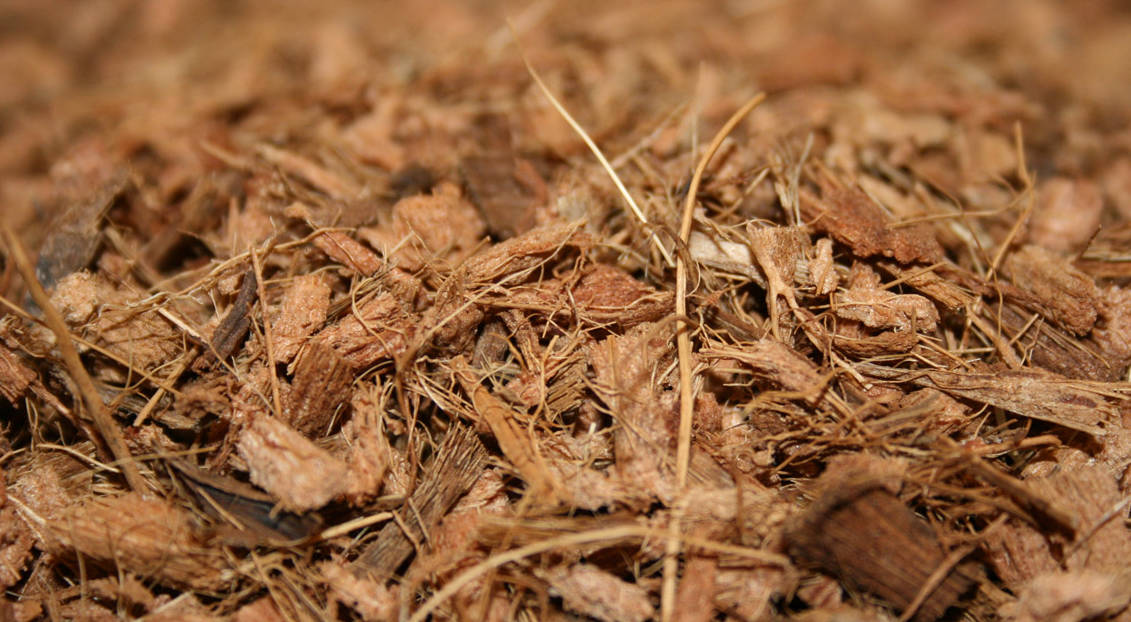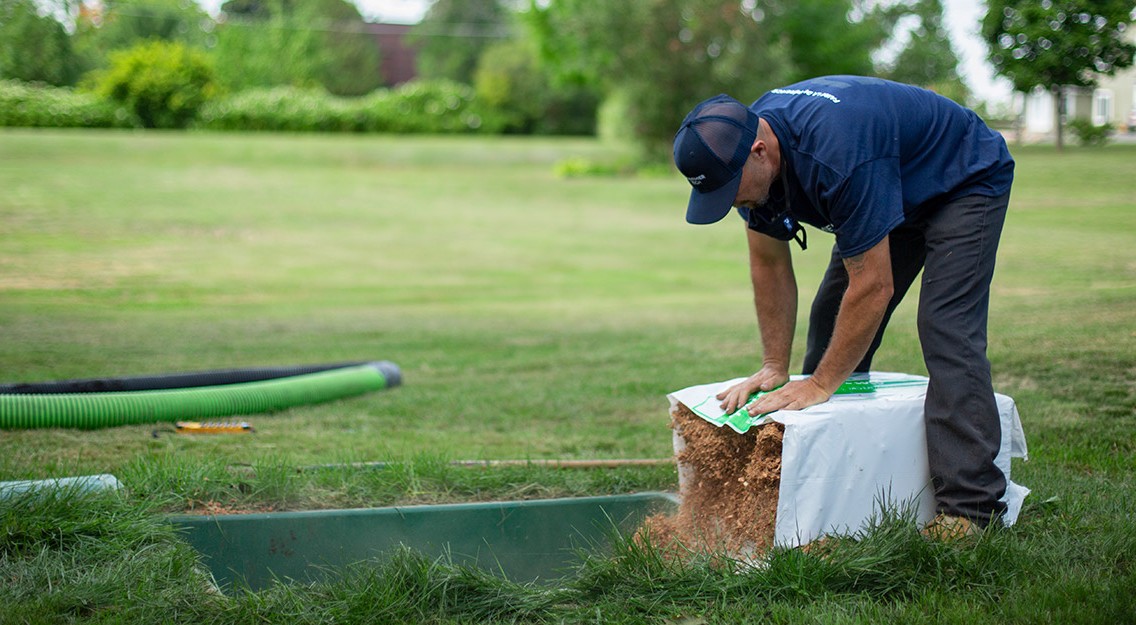Which wastewater treatment system is best for your project: septic tank, bio septic tank, or Ecoflo biofilter?

Treating wastewater is essential for maintaining sustainability and environmental health, especially in areas without access to a public sanitation network.
In this article, we explore three wastewater treatment solutions: septic tanks, bio septic tanks, and the Ecoflo biofilter, with a focus on their unique features and benefits.
Septic tanks
Septic tanks are a traditional, effective solution for primary wastewater treatment. They provide basic wastewater separation and initial breakdown for buildings in rural or remote areas without municipal sewer access
Rewatec septic tanks, made from high-density polyethylene (HDPE), are lightweight, durable, and resistant to chemical wear.
- Operation
Wastewater enters the septic tank and separates into three layers. Oils and greases rise to the top, while solids settle at the bottom to form sludge. Partially clarified liquid flows through a pre-filter that blocks solids from moving to the next treatment stage, which could be an infiltration area or an advanced technology like our Ecoflo biofilter.
- Capacity
Our septic tanks are available in CE-certified models with volumes ranging from 2,000 to 120,000 L.
- Maintenance
Sludge and floating materials must be periodically removed by specialized companies to avoid clogging.
- Performance
Septic tanks remove 45-55% of biochemical oxygen demand (CBOD5) and 75-85% of suspended solids (TSS). However, these levels fall short of Portuguese discharge standards (DL 152/97). Therefore, a secondary treatment stage is required. This may include an infiltration area or a compact system like the Ecoflo biofilter.
- Effluent reuse
Effluent from septic tanks is not reusable. If reuse is necessary, a tertiary treatment system must be added to eliminate viruses and bacteria.

Bio septic tanks
Also known as compact septic tanks or filter tanks, bio septic tanks provide efficient primary treatment for wastewater. While they work much like traditional septic tanks, they also include an added plastic percolator filter module.
- Operation
Solids and fats are removed through decantation and anaerobic digestion within the bio septic tank.
- Performance
Bio septic tanks remove up to 60% of CBOD5 and up to 85% of TSS, delivering primary treatment comparable to a traditional septic tank. However, these levels still do not meet local standards, so secondary treatment, such as soil infiltration, is required.
- Effluent reuse
As with septic tanks, additional treatment is needed to make bio septic tank effluent safe for reuse.
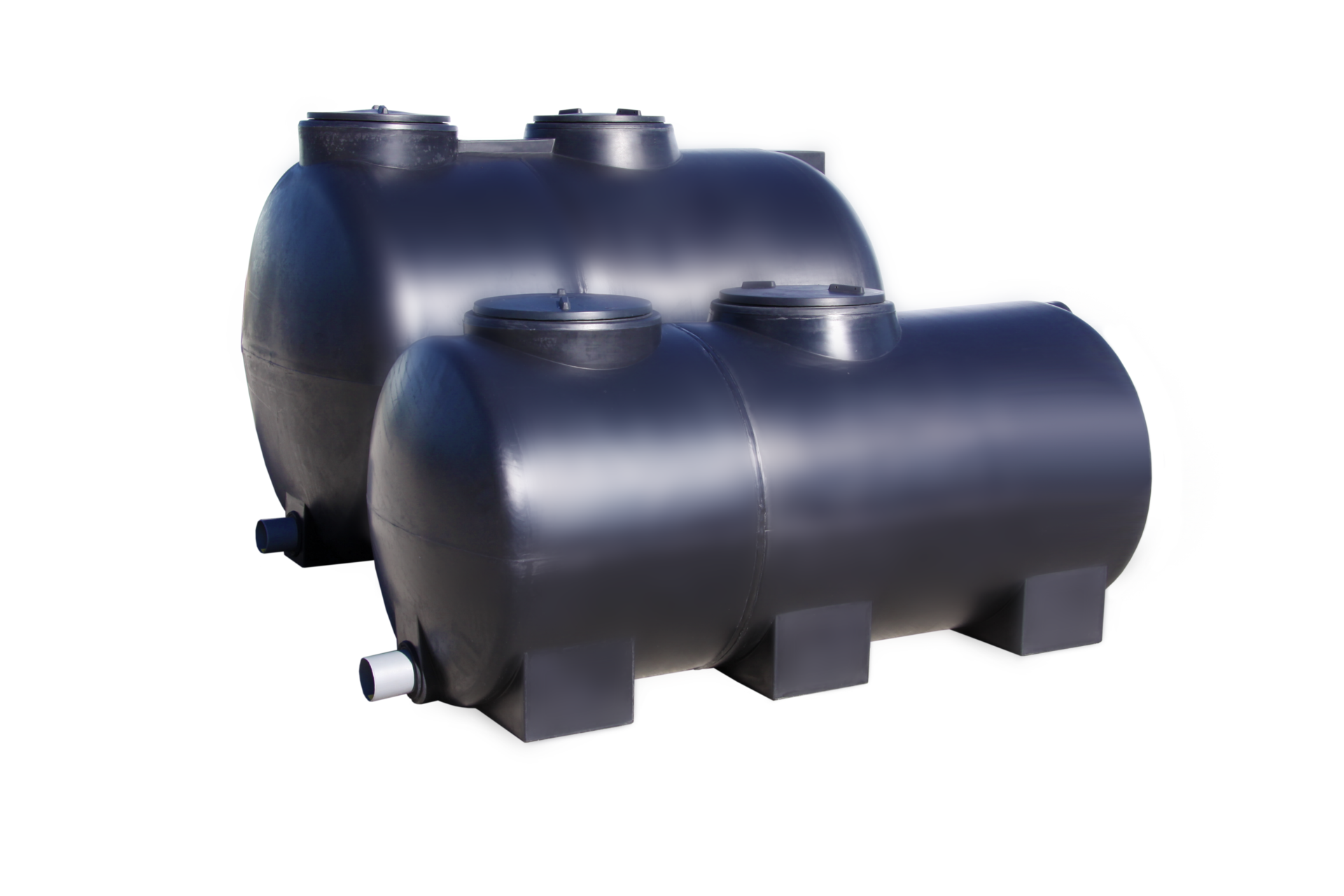
Ecoflo biofilter
The Ecoflo biofilter is an eco-friendly secondary wastewater treatment system designed to work with a septic tank. Its all-natural coconut husk fragment filter provides one of the most sustainable options on the market. This low-impact solution is ideal for residential and small community applications.
- Operation
After partially clarified wastewater leaves the septic tank, effluent flows into the Ecoflo biofilter, where it trickles over a coco filter that traps and removes pollutants. The treatment process requires no energy.
- Certification
In Europe, the Ecoflo biofilter is certified to the EN 12566-3 standard, which is required by the Portuguese Environment Agency (APA) for approval.
- Advantages
With no electromechanical components, the Ecoflo septic system has low operating costs and a minimal environmental footprint. It offers reliability even in extreme climates and has more than 200,000 installations worldwide.
- Performance
The Ecoflo biofilter removes more than 98% of CBOD5 and TSS, meeting strict discharge standards without the need for further treatment.
- Sustainability
The lifespan of the system's coconut husk filter can extend to more than 15 years. Near the end of its useful life, we renew it by removing the old coco filter and placing a new one in the original biofilter unit. The old filter can be composted, further enhancing the system’s environmental benefits.
- Effluent reuse
A UV disinfection kit is all that’s needed to make the Ecoflo biofilter's effluent safe for reuse.
- Applications
The Ecoflo biofilter is suitable for primary and secondary homes, apartment buildings, campgrounds, nature parks, offices, schools, small communities, and mountain refuges.
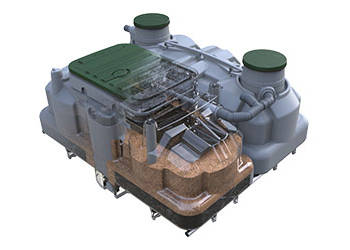
Conclusion: What is the best solution for your project?
The best choice — septic tank, bio septic tank, or Ecoflo biofilter — depends on your specific needs and local regulations. In Portugal, the Portuguese Environmental Agency (APA) oversees these treatment systems.
If your land and installation conditions are favorable and meet APA requirements, a septic tank with a pre-filter at the outlet and a properly sized infiltration area may be suitable.
However, if you need higher-quality effluent, have variable flow rates, or limited space, the Ecoflo biofilter is an excellent option. This compact, energy-free technology is APA-approved and designed for efficient performance.
We are here to help
Reach out to us for help choosing the best wastewater treatment solution for your property.
Related products
